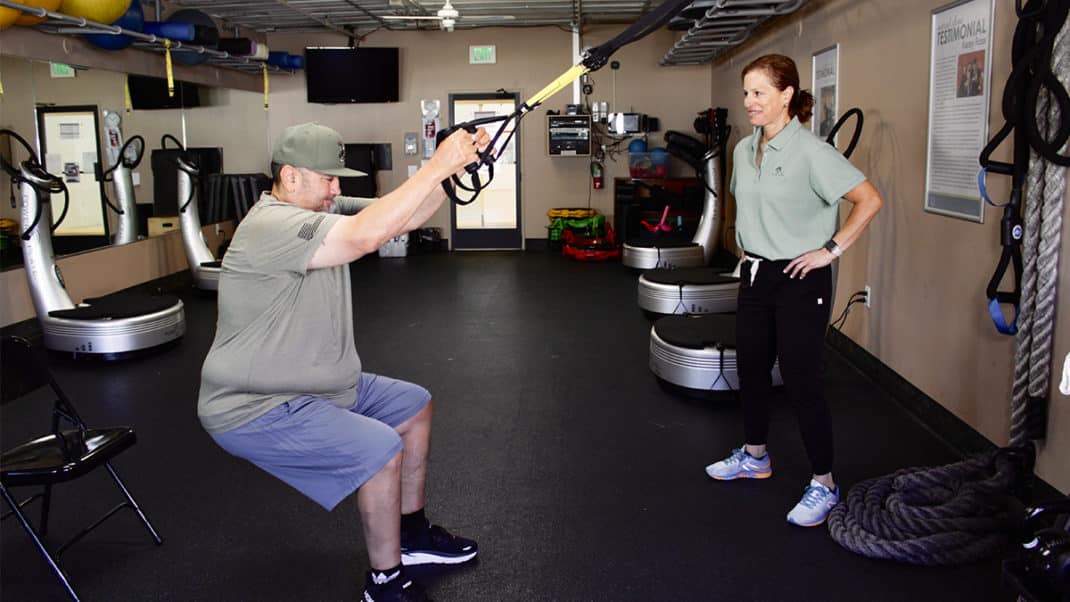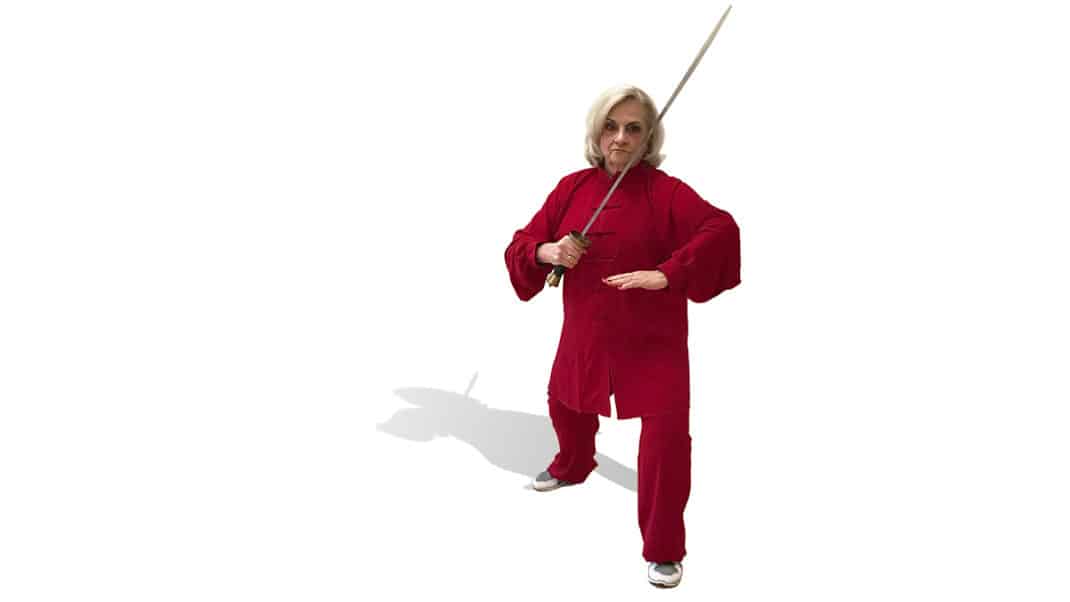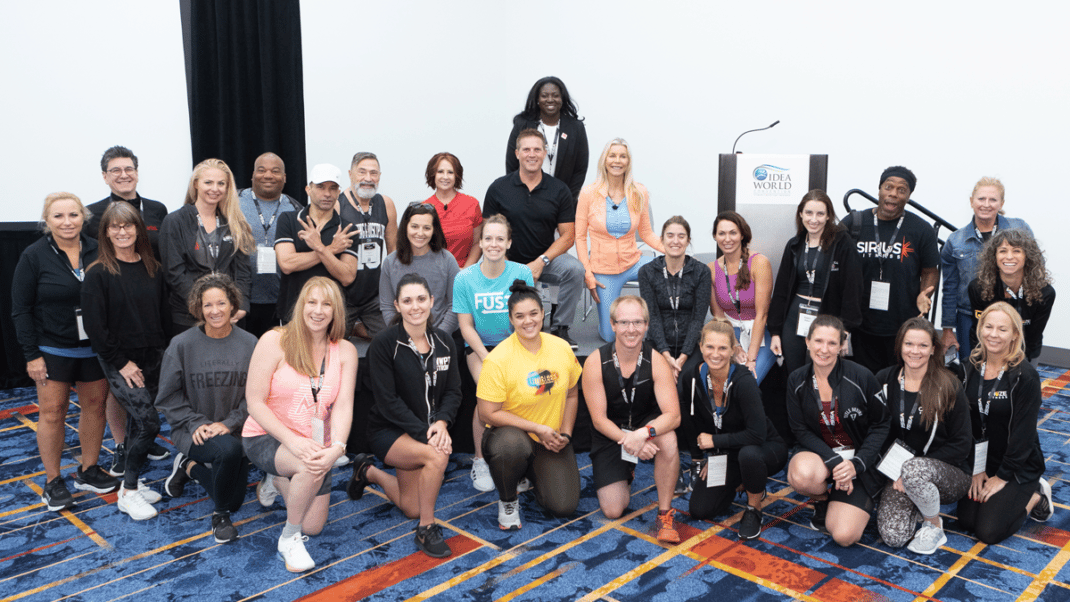Tourist Town Trials and Tribes
A history in sports-and injuries-led Diana Rochon to postrehab specialization.
Getting Started. Diana Rochon was an avid sports enthusiast growing up in Canada. “I was fortunate enough to have two awesome coaches. Besides encouraging me to be the best athlete I could be regardless of where I ranked among my competitors, they imparted the idea of turning it around someday and giving it back,” she says. Rochon did just that as she made the leap from athlete to athletic trainer (AT) and began working with various sports teams at the university and provincial levels. Not only did inspiration arise out of her mentor-coaches, but she also drew from her own experience as an accident-prone athlete. “I managed to get myself hurt quite a bit as a competitive athlete and always thought it was very cool how the ATs, physios and sport med docs always got me back on track.”
From AT to CSCS. After moving to Whistler from Winnipeg, Rochon enhanced her skill set by gaining certifications in strength and conditioning, which offset her interests in postrehab. “I continue with postrehab work because I am curious about people’s movement and the bulk of my referred clientele have chronic injury issues that relate to something ‘wonky’ in their movement.” Part of the reason Rochon enjoys this type of work so much is that the pieces of the “wonky movement” puzzle are often shrouded in mystery. “Sometimes it is easy to see and sort out,” she says, “and other times it’s not.”
Bedside Manner. For 6 months, Rochon put a great deal of her life on hold while she cared for her sister Donna, who eventually lost a battle with cancer. Through this experience Diana gained a great deal of knowledge about the disease and how she might provide effective services for others in similar situations. “During the time I was with Donna, I chatted with palliative-care specialists (those who focus on reducing the severity of disease symptoms for a more comfortable ‘end-of-life experience’) and a couple of the best cancer doctors in Canada. The discourses I had with them gave me a new appreciation for how I can help—with my expertise—better the lives of those with cancer or those recovering from the disease.” The most significant lesson Rochon learned from this experience was the importance of helping cancer patients and survivors return to as normal a life as possible. “Not sick, not dying, not frail, not on chemo . . . just normal.”
Expanding Cultural Horizons. Anita Samuels, a physiotherapist who has worked in a diabetes prevention program with the Mount Currie Aboriginal Band, a First Nations community, happened upon a circuit class taught by Rochon one day and asked her to lend a hand. “The program initially focused on older women, but the coordinators were looking to grab the attention of the younger generation and get them interested in exercising, making healthy lifestyle changes and reducing their risk of type 2 diabetes,” she says.
First Nations communities emphasize enhancing member skills to reduce the need for outside help. Rochon was brought on to educate the community in health and fitness and to train a certain group of women who excelled in exercise to become the first generation of personal trainers. “Of course the best day of this whole experience is yet to come,” she says. “That day I will proudly be able to ‘graduate’ the first women in the Mount Currie community as personal trainers so they will not need my assistance anymore. When that happens, I know Anita’s and my efforts will have achieved something special and long-lasting.”
Ryan Halvorson
Ryan Halvorson is an award-winning writer and editor, and IDEA's director of event programming.






